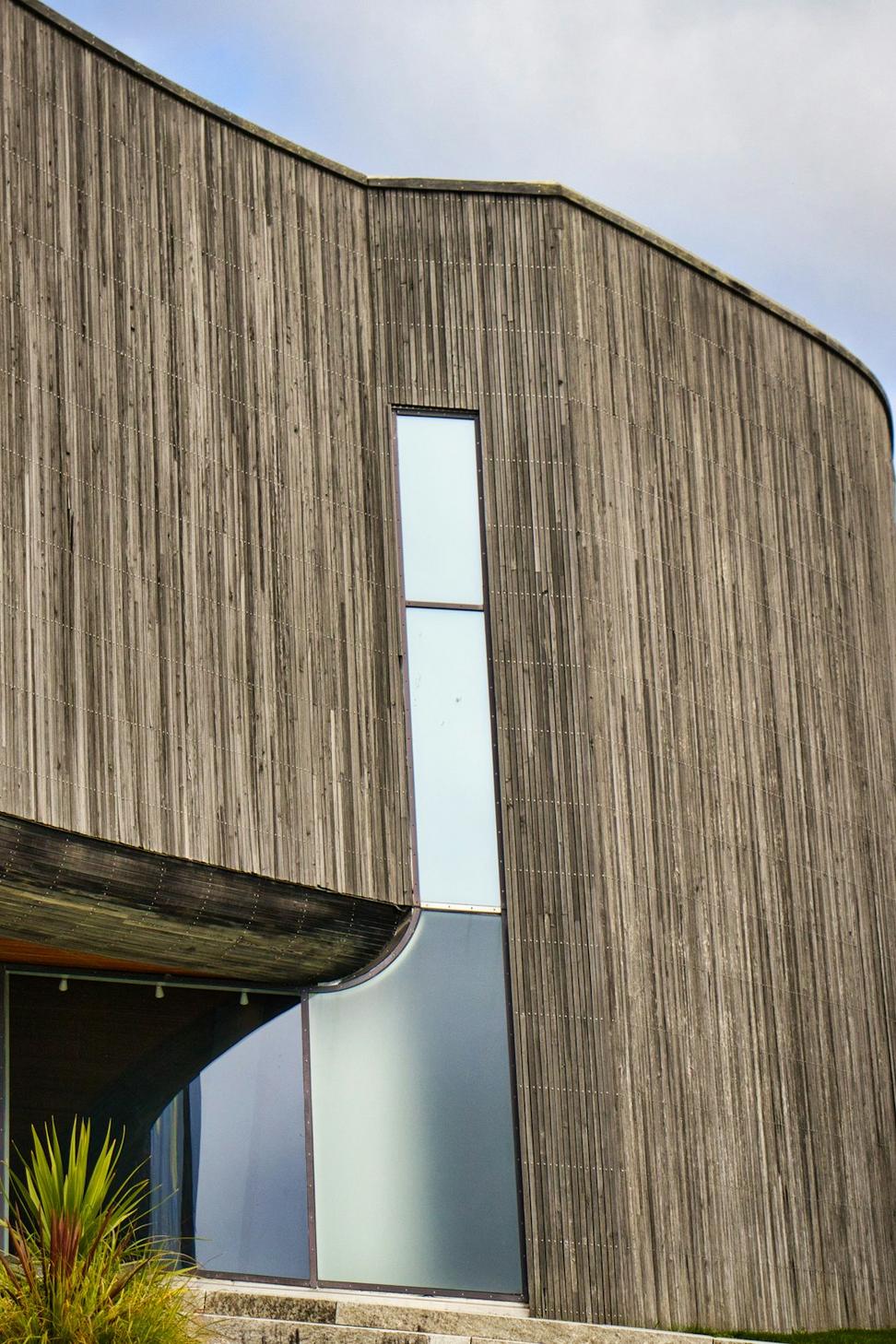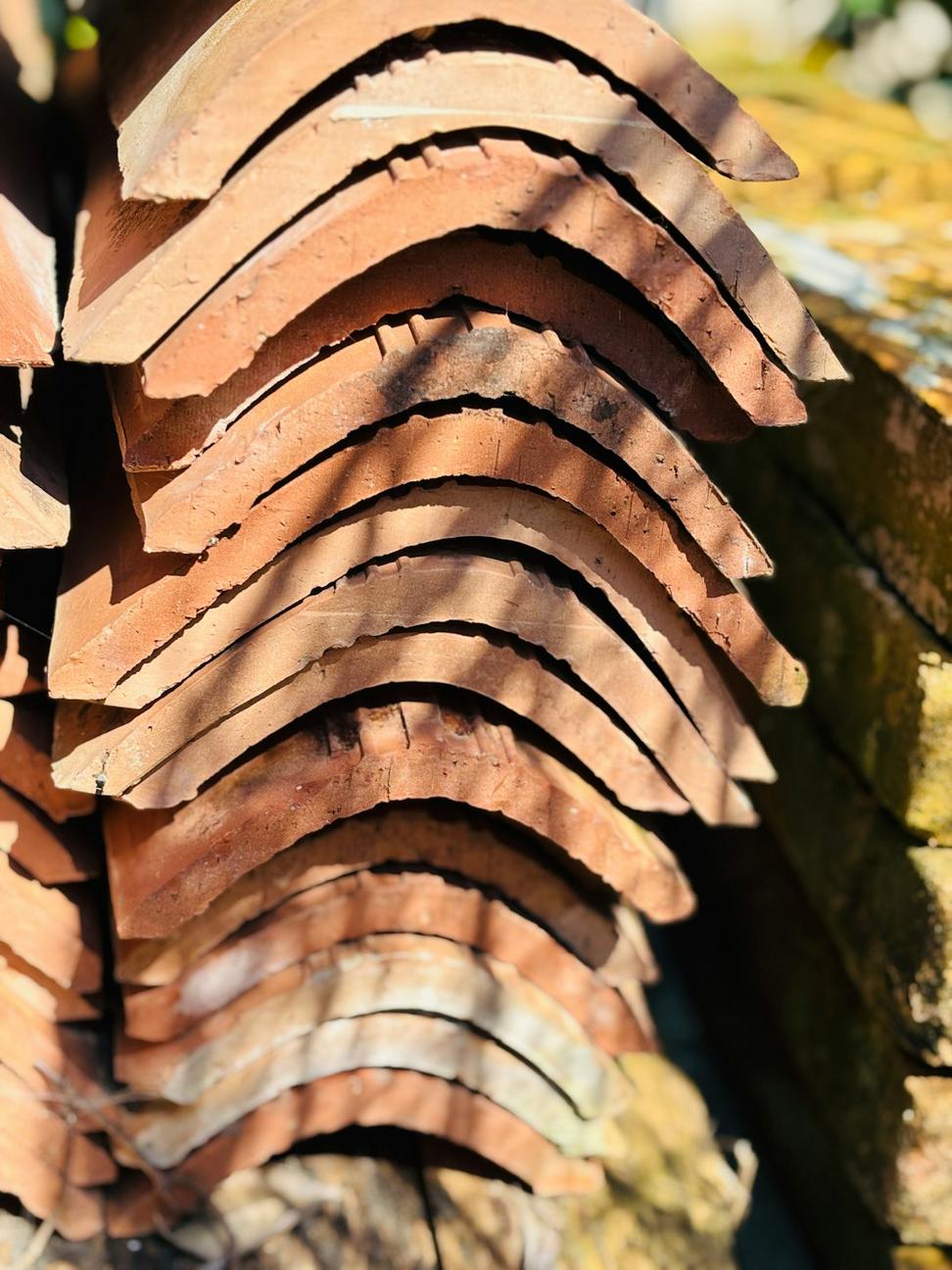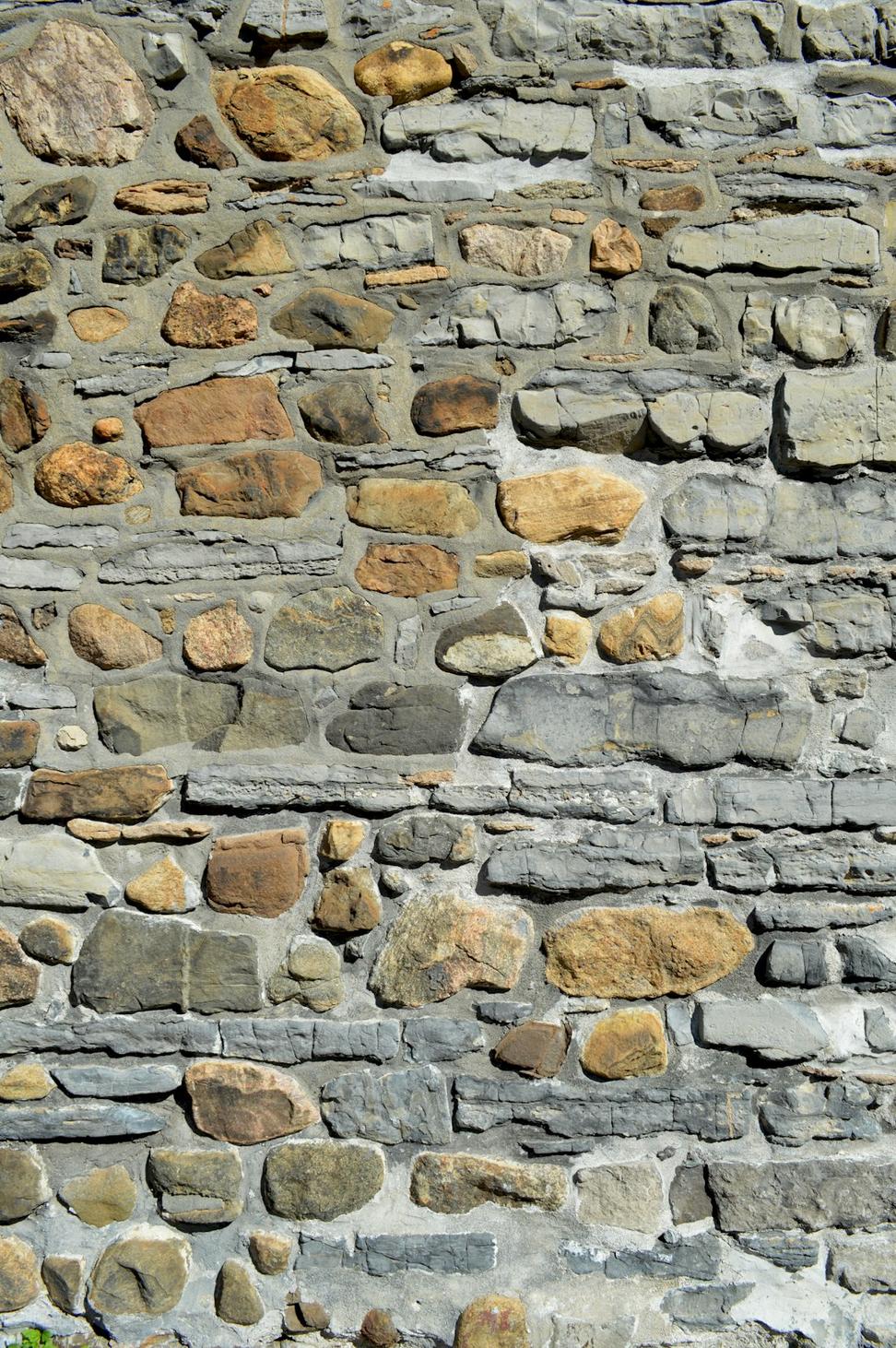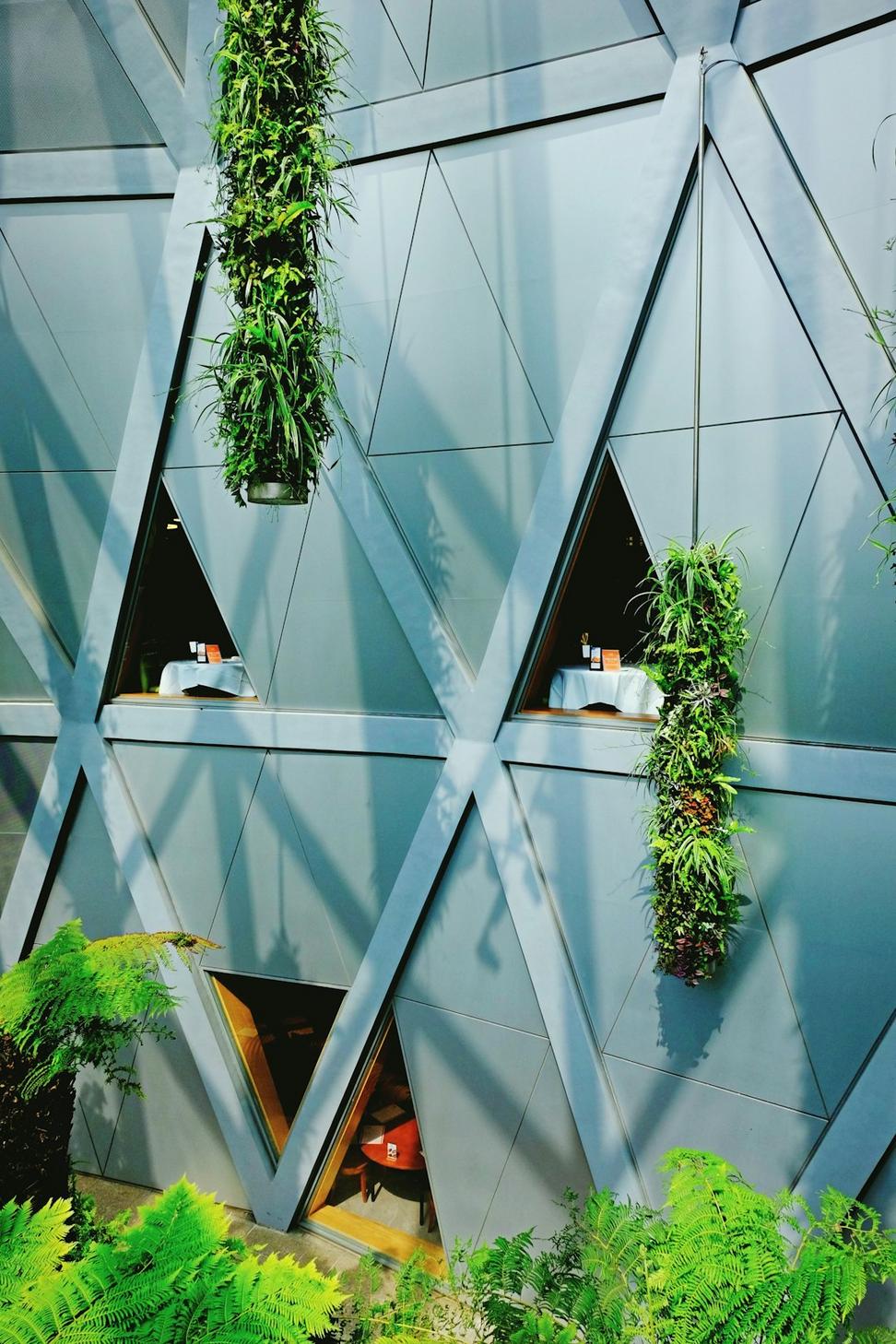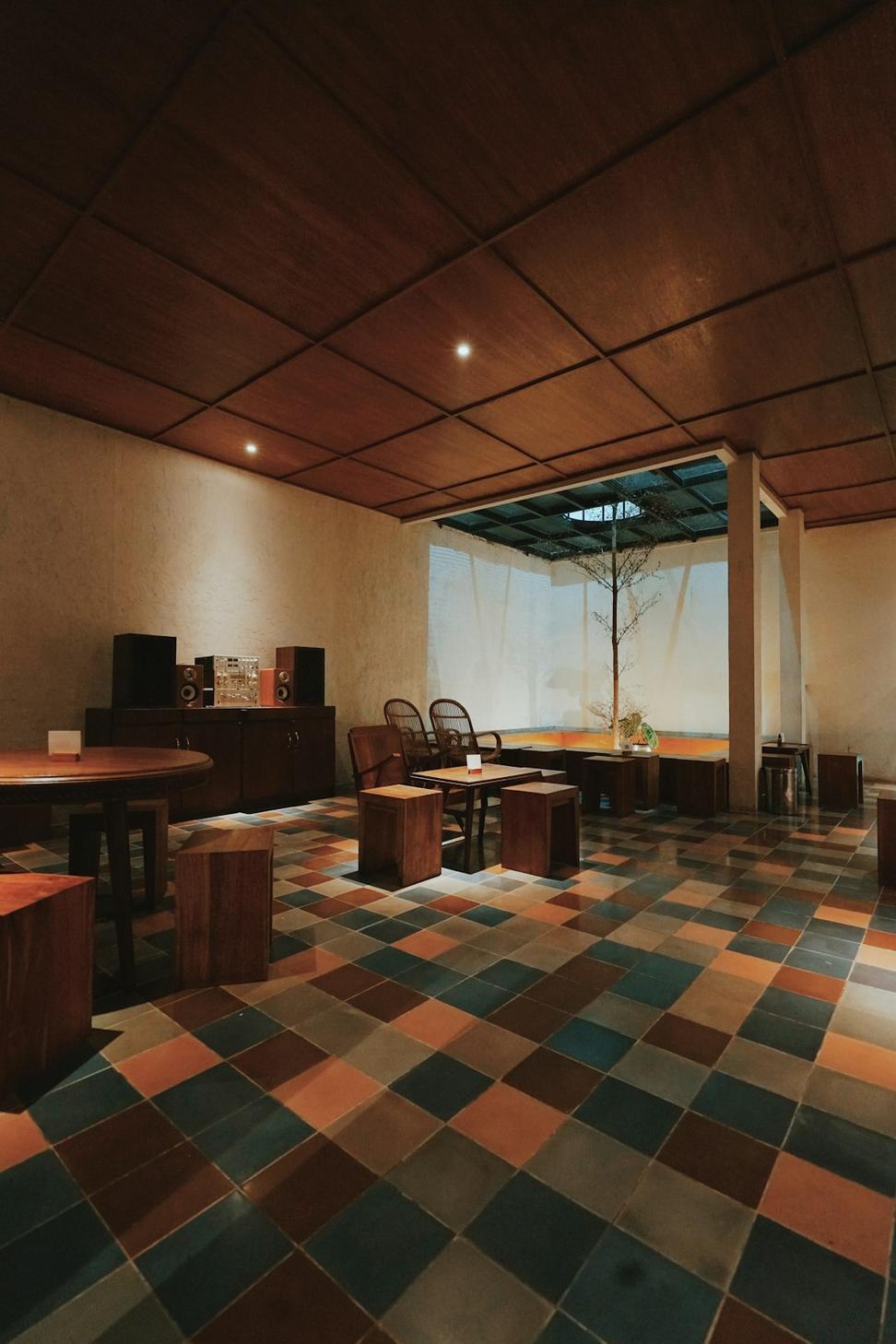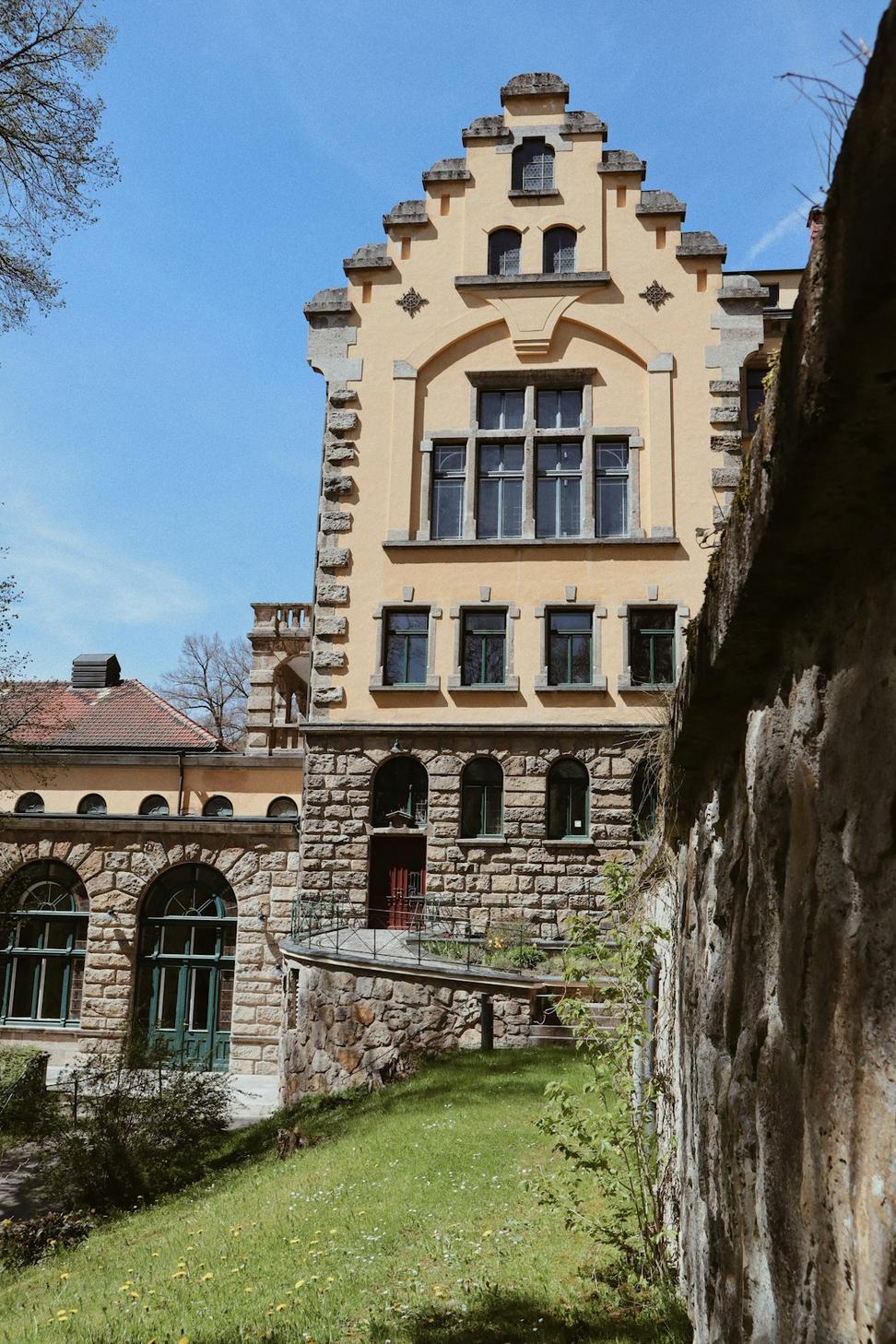
Why We're Kinda Obsessed with Old Buildings
Here's the thing - the greenest building is usually the one that's already standing. Sounds simple, right? But it took me a decade of tearing down "outdated" structures to realize we were throwing away perfectly good bones.
That 1920s warehouse downtown? It's got walls three feet thick that naturally regulate temperature better than most modern HVAC systems. The old-growth timber beams we salvaged from a demolished mill? They'll outlast anything we could buy today, and they've already sequestered their carbon for a century.
Don't get me wrong - we're not against new construction. Sometimes you gotta build from scratch. But when we do, we're borrowing tricks from buildings that've survived generations: proper orientation for passive heating, materials that actually last, and designs that can adapt instead of getting demolished when needs change.
